…..
…….
You might think working at a museum is a fairly risk-free gig. You’d be mistaken. Here are just a few ways a museum can kill you.
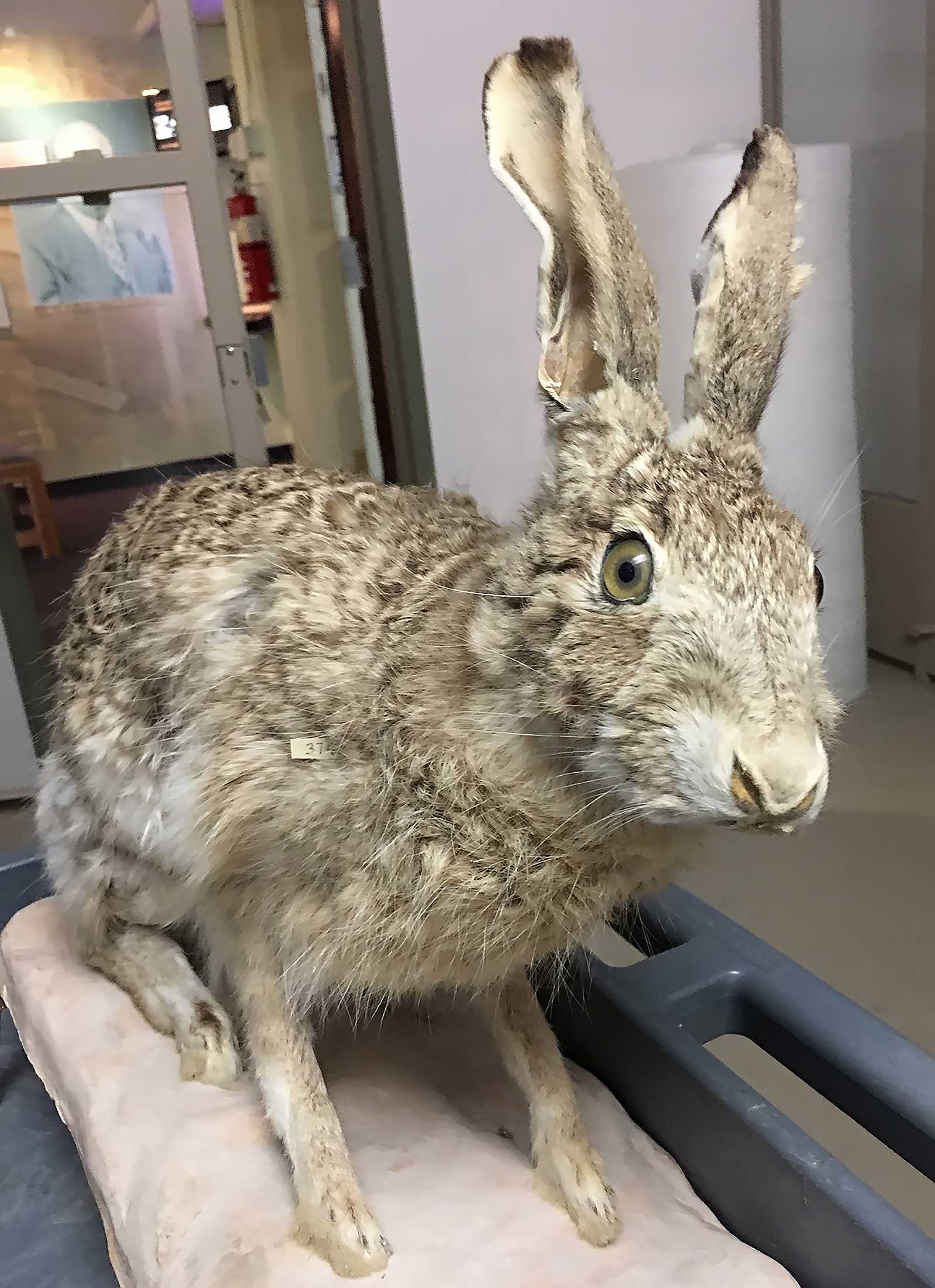
…
…
Arsenic & Old Animals
……
Many of the animals in our Museum are adorable. But, please—no cuddling! Traditional methods of preserving and mounting animals involved lots of arsenic, mercury, and lead to prevent insect damage. These elements are extremely toxic to human health. Arsenic poisoning (arsenicosis) occurs when someone is exposed to high levels of arsenic through ingestion, inhalation, or through skin absorption. Long-term exposure to high levels of arsenic is associated with higher rates of skin cancer, bladder cancer, and lung cancer, as well as heart disease. We protect ourselves by wearing gloves, masks, goggles, and lab coats when working with all of our mounts.
……
……
……
Bug Killer
……
Pest control is a big concern for museums. DDT (dichloro diphenyl trichloroethane) is a chemical substance that was commonly used to prevent insect infestations in museums from 1940 until the 1970s. DDT was applied directly on biological specimens and as a preservative for library materials. DDT is sometimes found on archeological collections as a residual from the soil where the object were found. Effects of long-term exposure are kidney and liver dysfunction, and a general weakening of the immune system. DDT has also been linked to non-Hodgkin’s lymphoma; breast cancer; and skin, lung, and liver cancer.
……
……
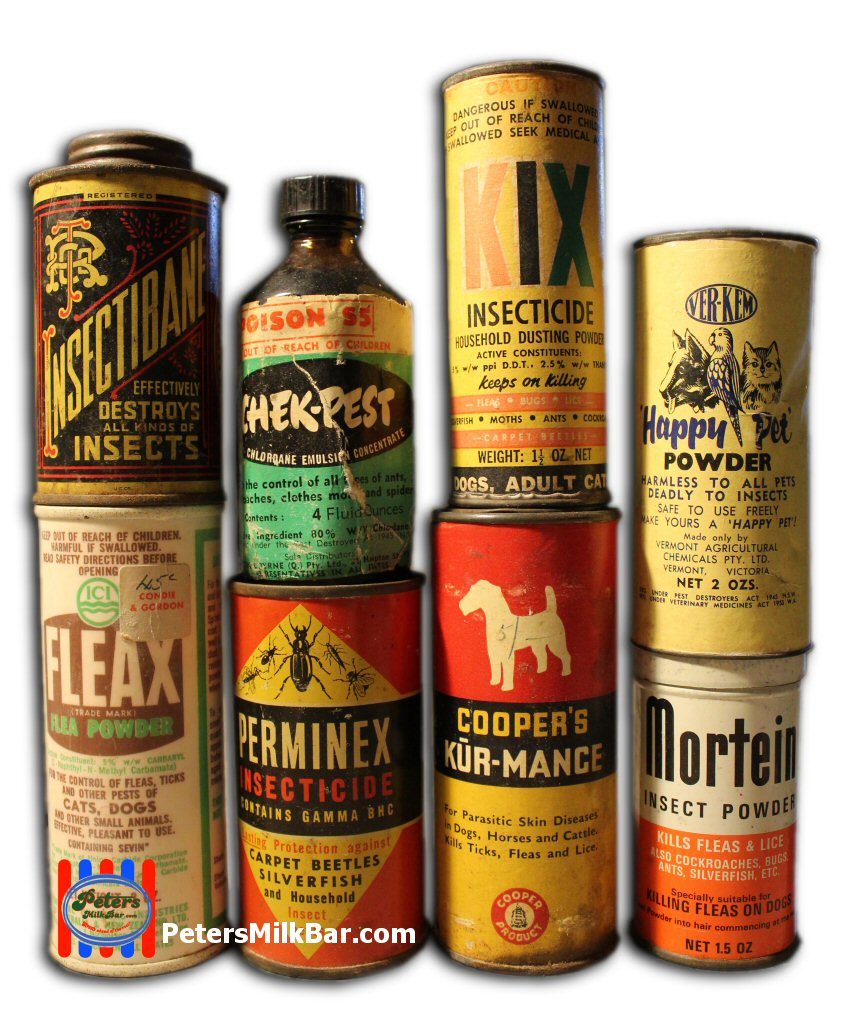
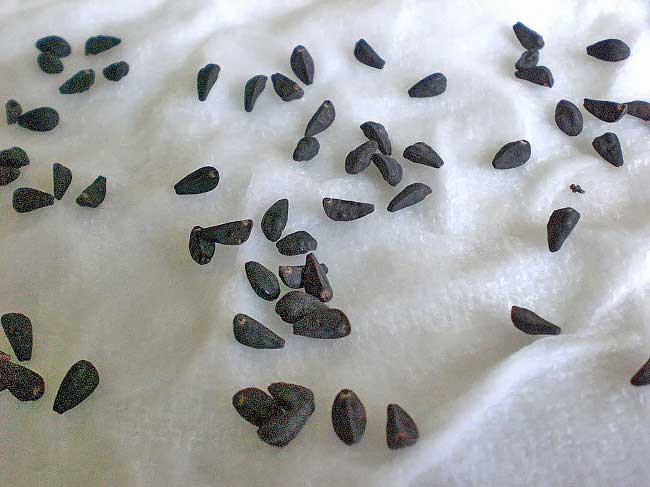
…
Poop!
……
With rodent infestations come rodent droppings, and a museum can be home to both. While poop may seem more disgusting than dangerous, it can be deadly. Hantavirus is carried by deer mice and is found in their urine and feces. While it poses no risk to the animals, it can be fatal to humans. Hantavirus is a serious infection that leads to lung failure, and gets worse quickly. Humans can get sick if they breathe in contaminated dust from mice nests or droppings. Even with aggressive treatment, more than half of people who have this disease in their lungs die.
……
Bullets & Bombs
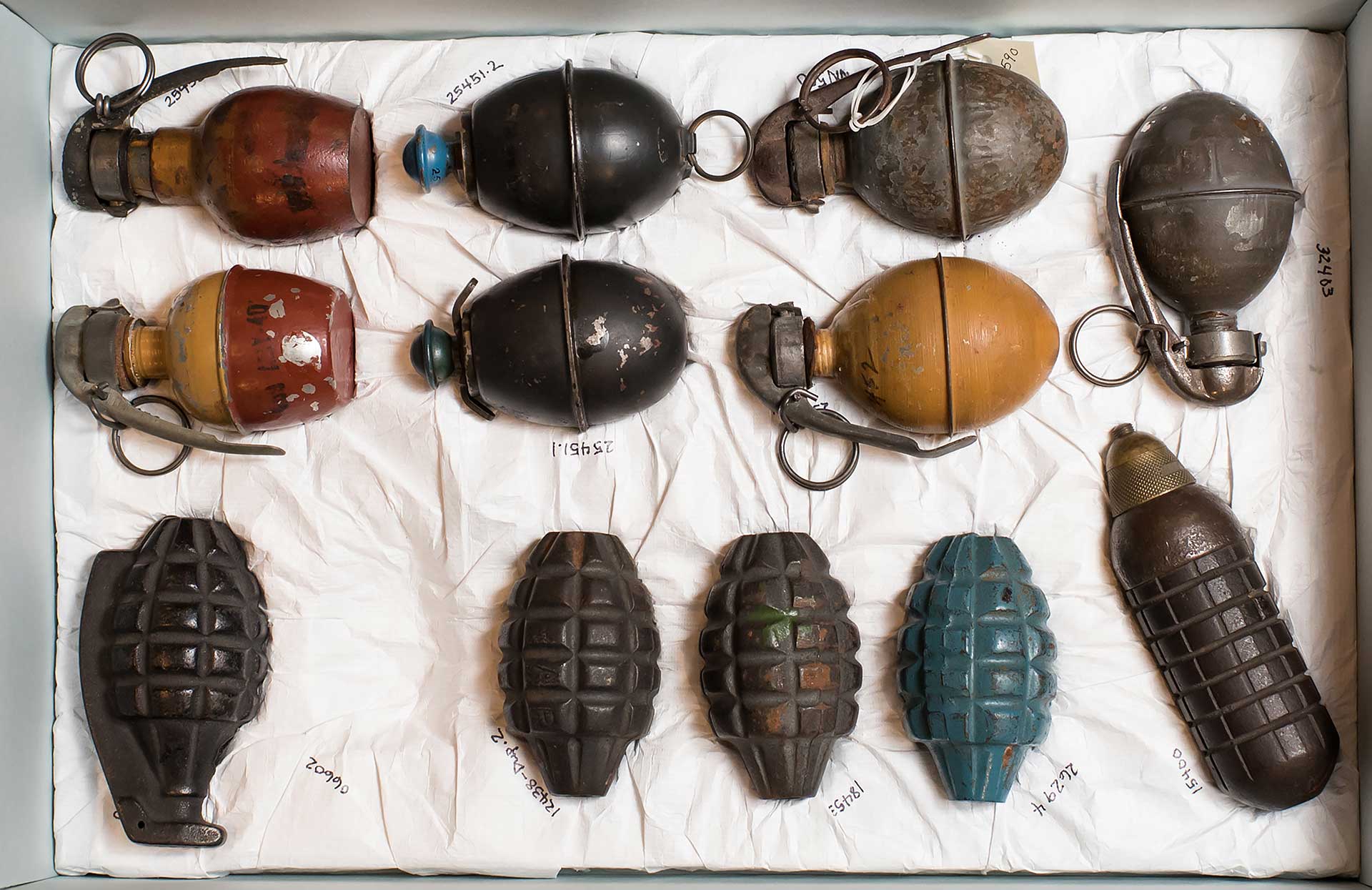
……
Museum staff have learned the hard way to assume all firearms are loaded and all shells, mortars, etc., are LIVE. If deactivation of munitions is necessary, do not attempt to do it yourself! BTW: Even non-explosive weapons can pose a threat. The sharp edges of spears, swords, and arrows may be coated with poisons or contaminated with biohazardous materials containing viable pathogens.
Spontaneous Combustion
……
Cellulose nitrate is a highly flammable compound that is the main ingredient of modern gunpowder and is also used in certain lacquers and paints. In the late 19th and early 20th centuries, it was the basis of the earliest man-made camera films and plastic materials. It is dangerous because as it starts to decompose, it becomes unstable at sustained temperatures over 100 °F, giving off large quantities of poisonous gases, which could cause an explosion. It burns extremely quickly with a hot and intense flame that produces very dense, poisonous smoke containing copious amounts of nitrogen dioxide fumes. For this reasons, museums with old films in their collections now store them in cold storage unit.
……
……
……
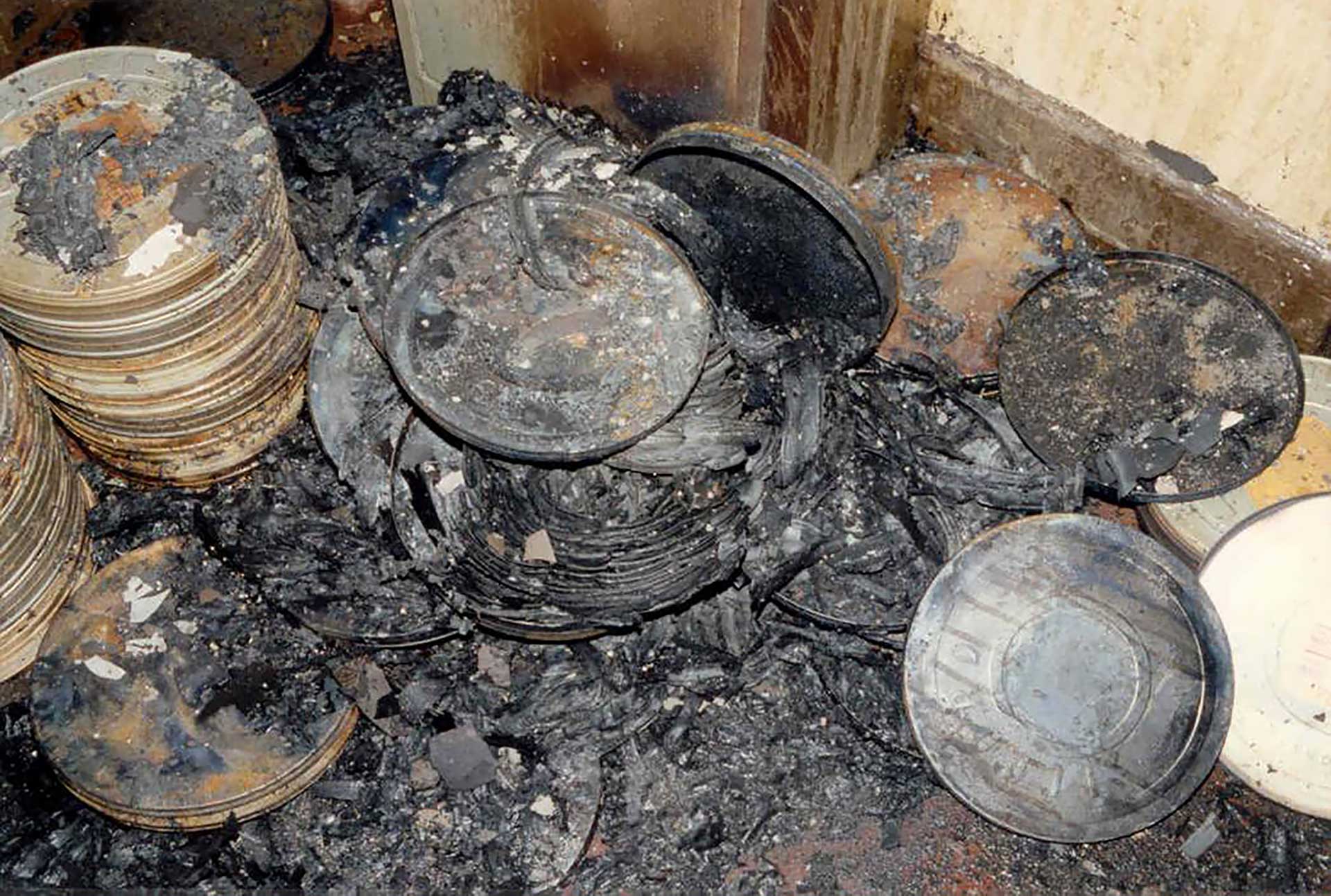
A Simple Fall

……
Today, workplace safety is a high priority for all professionals. In 1946—long before the Occupational Safety and Health Act of 1970—that wasn’t always the case. The death of our Museum’s founder, Albert Brooking, illustrates that point. While working in the Alaskan brown bear case, he fell from his ladder. While he did not die from the fall, he did end up in the hospital. While staying in the hospital it is believed he contracted pneumonia (a common occurrence). A few weeks later, on Jan. 24, 1946, Albert died from complications.

